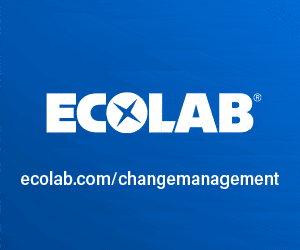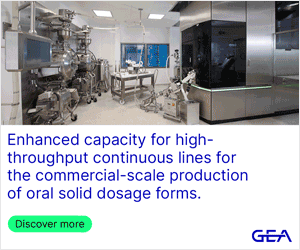According to the recent Tufts Center Impact Report, cancer drug approvals in the US grew from 4% of the total in the 1980s to 27% in 2010–2018.
Cancer drugs are, in general, highly potent or cytotoxic. Because many are used to treat serious conditions and fill an unmet medical need, a substantially higher percentage of new cancer drugs receive expedited review by regulators such as the US Food and Drug Administration (FDA).
Many of the sponsors of these drugs are small and middle capitalisation (mid-cap) organisations that lack the regulatory expertise and facilities for containment. As such, they, often seek to outsource new molecular entities requiring special handling. As the oncology drug development pipeline continues to grow, demand for the contract production of highly potent products, for either clinical or commercial stage, will increase.
Jessica Cao, Vice President, Marketing and Strategy, Prescription Oral Dose, Catalent, comments: “Handling highly potent compounds requires specialised facilities, containment equipment and stringent operating procedures to meet the ever-rising bar of risk reduction and regulatory compliance."
"The industry is trending towards hard-wall isolation instead of flexible containment to enhance processing safety. All these investments can be prohibitively expensive … and only a limited number of contract development and manufacturing organisations can meet all the requirements.”
Building on its existing potent handling capabilities across a network of more than 35 global sites, including clinical stage development to advanced dose form processing for potent compounds, Catalent has recently invested in a large-scale isolator to further expand capacity and increase flexibility at its site in Malvern (Pennsylvania, US).
The isolator is designed to handle compounds with occupational exposure limits (OEL) below 0.05 µg/m3, accommodating multiple mill sizes and allowing for flexible batch sizes —thus smoothing transition from development to clinical and on to commercial-scale production.
Jeffrey Kaplan, Director of Environmental Health and Safety at Cambrex, adds: “There are a multitude of challenges involved in the safe handling of potent compounds used in solid dosage drugs."
"At one of Cambrex’s drug product facilities in Whippany (New Jersey, US), potent compounds are classified as having an Occupational Exposure Limit (OEL) <10 µg/m3 (site Occupational Hazard Category [OHC] 3A, OEL range of 10–1 µg/m³) and are defined as a substance that has the potential to adversely impact human health at low dose.”
“The challenge to safely handle potent compounds is to have the proper facility, equipment and procedural controls in place. These controls are needed to protect both the employees as well as the facility. Cambrex has corporate and site policies and procedures to handle potent compounds, including a design matrix based on the Hazard Categories,” he continues, adding: “For each project, an OEL/OHC/Acceptable Daily Exposure (ADE) is finalised using available Occupational Toxicological Services. Cleaning limits and risk assessments are also established and performed prior to manufacturing.”
“Manufacturing areas are set up to handle potent compounds, including cleanable surfaces, proper pressure gradients into the production suites (monitored by monometer and automated controls) and dust collectors designed with safe change filter systems and equipped with continuous liner discharges."
"Laboratory areas are equipped with Ventilated Balance Enclosures (VBEs) to handle APIs and, along with associated PPE and handling procedures, are used to minimise potential exposures in the areas.”
The company’s full approach includes
- notifying personnel of potent receipts at time of order
- labelling potent compounds OHC 3A or higher
- segregating the storage of potent compounds from non-potent compounds
- issuing product lead sheets
- training personnel on the product lead sheet and safety data sheet (SDS)
- using containment systems and air locks for OHC 3A molecules
- posting appropriate signage in production areas
- completing potent compound handling checklists prior to manufacturing operations
- gowning of operators with defined Personal Protective Equipment (PPE)
- degowning procedures when exiting the production areas
- monitoring differential pressure
- using appropriate cleaning methodologies to minimise dust generation and mechanical transfer.
Jeffrey concludes: “At Cambrex, the necessity to review and properly set up laboratory and manufacturing areas for handling of potent compounds is based on written protocols and reviews — as outlined — to help ensure the protection of employees and the facilities.”




